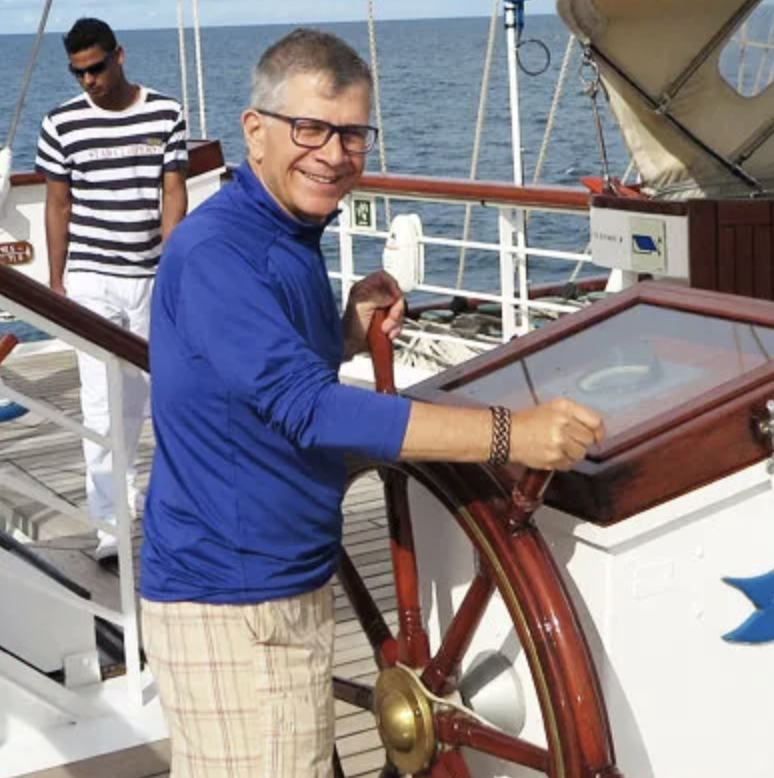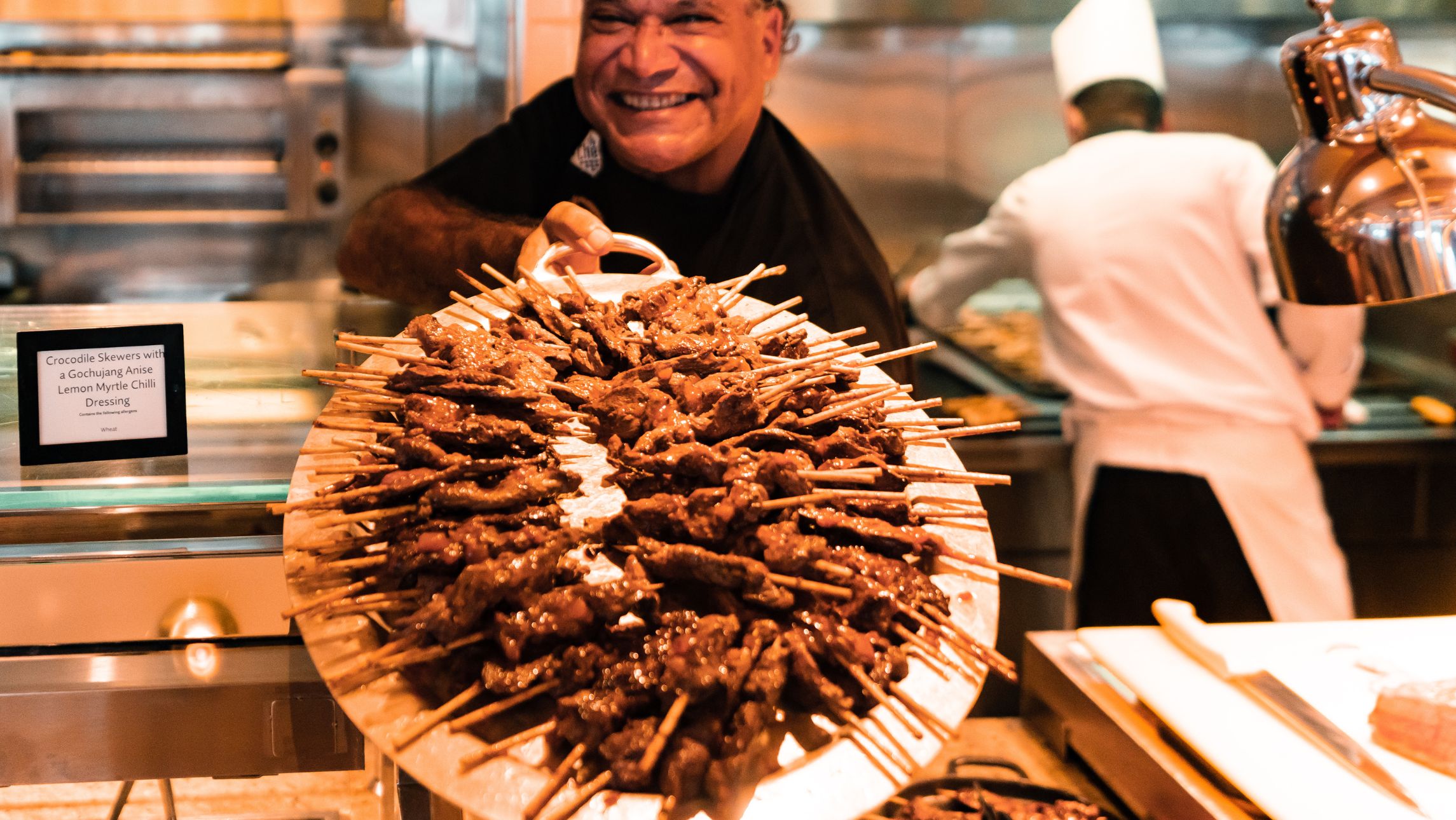All aboard a luxury trip on one of Asia’s most famous ribbons of steel, the Eastern and Oriental Express.
The similarities are everywhere. We travel through three countries and unpacked only once. There are “shore excursions”, a tour director and a butler service.
But this is no sea cruise. The Eastern and Oriental Express is the heaviest and longest train in Southeast Asia. And we are rattling along the metre-wide Thai tracks at up to 90 kilometres an hour.
More and more cruise lines are offering links with the ribbons of steel that cross the continents, from The Ghan in Australia to Canada’s Rocky Mountaineer. And of course, the legendary Venice Simplon-Orient-Express.
The Eastern and Oriental Express history
The Eastern and Oriental Express is a sister train to the European icon and owner Belmond.
It also owns the Royal Scotsman, the Northern Bell, and the British Pullman. If the Hogwarts Express was for sale, Belmond would be a buyer.
The company has a truly eclectic portfolio of hotels, cruise ships and trains that allow it to create some amazing journeys.
Asia has become a particular favorite and the Eastern Oriental Express is a Boys’ Own adventure.
Sadly, the days of steam are over. Today, we’re being pulled by a couple of diesels from the rather unromantic State Railway of Thailand.

But from the observation car at the back of 22 brilliantly restored luxury carriages, including two restaurant and two bar cars, a library and a series of sleeping cars, you could be being pulled by the Flying Scotsman.
In the early morning, schoolchildren, fishermen, and farmers wave as you glide past crossings. You could be on a royal train with the British monarch. It’s hard not to wave back, and the green and cream carriages cause a stir wherever they go.
The journey on the Eastern and Oriental Express
The observation car is open-air and next to a cocktail bar. In the early morning, with a mug of Doi Chaang Thai coffee and a croissant, watching lush rice paddies pass by is a relaxing start to the day.
In the evening, diners – some in black tie with cigars (what decadence!), sit nursing brandy looking out at the dim village lights.
Dressing up for dinner is encouraged, to create a special ambiance. The dining cars, with brass fittings and crystal glasses, are a feat of engineering. And serving up fine food from the tiny kitchen is a feat of contortion for nine chefs and French head chef Yannis Martineau.
We began our journey in fine style, checking in not at some station platform but at Singapore’s famed Raffles Hotel. A dining room had been set aside, where snacks, tea and Singapore Slings awaited.
As we surveyed our 67 fellow guests, a mix of British and Americans, we felt an air of mystery and intrigue.
There was no shortage of Hercule Poirot-like figures. But surely, there would be no murder on this Orient Express.
A short coach ride to Woodlands and there on the platform were the porters and staff, lined up in white and gold uniforms and ready to take us to our compartments.
The train experience
A word of warning: space is at an absolute premium. Trains are a lot smaller than cruise ships. And despite the dress code, only one small case per passenger is allowed on the train. Larger bags are stowed in the luggage car.
We stayed in a Pullman cabin, which meant an upper and lower bunk.
And now another word of warning: our second night on the Thai rail lines involved frequent stopping. We pulled, squealing, into sidings, allowing goods and passenger trains to pass. That meant starting out again, no smooth and silent task for such an iron giant.
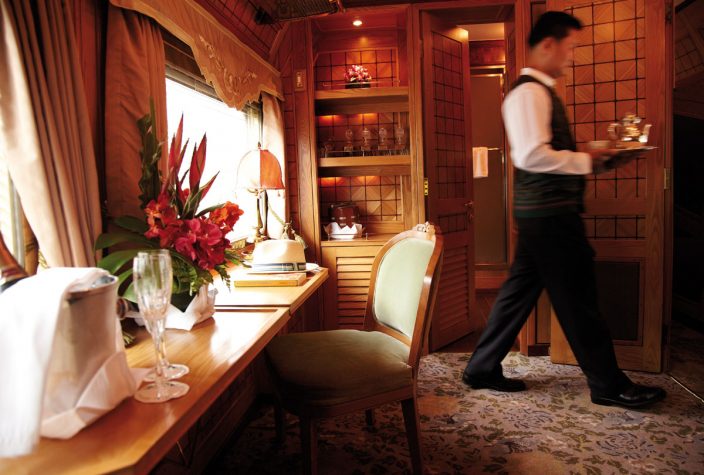
And, because of the narrow gauge, the train sways and lurches like a Russian ice breaker in a storm. Be prepared to shake, rattle, and role.
More about the train…
Our official travel journal has these words of wisdom, tucked away under “train speed and timings”. “The train is in motion during the night. A few people find the sensation disturbs their sleep, particularly during the first night. If you are a sensitive or light sleeper, you may wish to bring sleeping medication.”
There was one night during dinner, the head waiter suddenly shouted: “Hold on to your glasses”. Everyone grabbed the crystal as the dining car came to a juddering halt.
It’s a tribute to the staff that not one glass fell to the floor.
That said, this is a real adventure, conducted in a luxury setting with a faultless staff of dedicated rail buffs.
The train is fully air-conditioned. It has two presidential sleeping cabins, 28 state compartments measuring 84 square feet with single beds, and 30 Pullman compartments at 62 square feet with bunk beds.
Cherry wood and elm burr panelling provide the backdrop for decorative marquetry friezes and intricate design inlays. It is a fabulous piece of trickery that gives you the guise of antiquity without the discomfort of the real thing.
The carriages originated in Japan 40 years ago. It later ran in New Zealand until all 31 were bought by the Orient Express group.
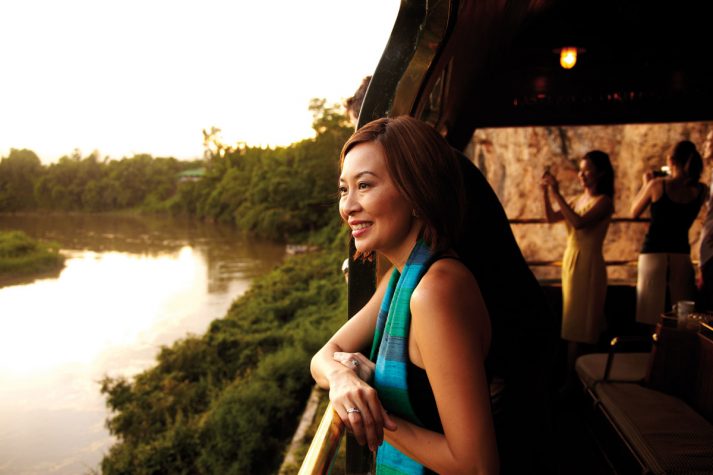
Continuing the journey…
They were rebuilt in Singapore’s Keppel Road rail yard from designs by Gérard Gallet, the man behind much of the design and refurbishment of the Venice Simplon-Orient-Express.
As we pulled out of Singapore, there were cocktails and high tea in our compartments. Our butler took us through how the shower worked, before helping us unpack.
Later, at the piano bar there was singing of sorts. Later in our trip, a local dancer was brought on board to demonstrate delicate Thai dancing.
We arrived at Kuala Lumpur at midnight. But there was only time to stretch your legs before we set off again at 1am.
Just after continental breakfast was served in our compartment, we took a short coach ride to Kuala Kangsar and a journey back in time.
This is a royal town in the state of Perak, Malaysia. At the Sultan Azlan Gallery, you can view the amazing array of possessions of the previous ruler, from a beautiful convertible Rolls Royce Corniche to Louis Vuitton luggage.
The town also has the oldest rubber tree in Malaysia – the birthplace of an industry that brought the country fame and fortune.
At 3pm we arrive at Padang Besar, the border with Thailand, where our Malaysian diesel is swapped for Thai engines and drivers.
We pass a pleasant evening chatting with fellow passengers and dining with a British couple from Hull who are on an epic journey through Asia.
A young American couple tell us they have just sold their hospital business, bought a new home and are travelling before their first child arrives. They, too, have spent weeks sampling Asia.
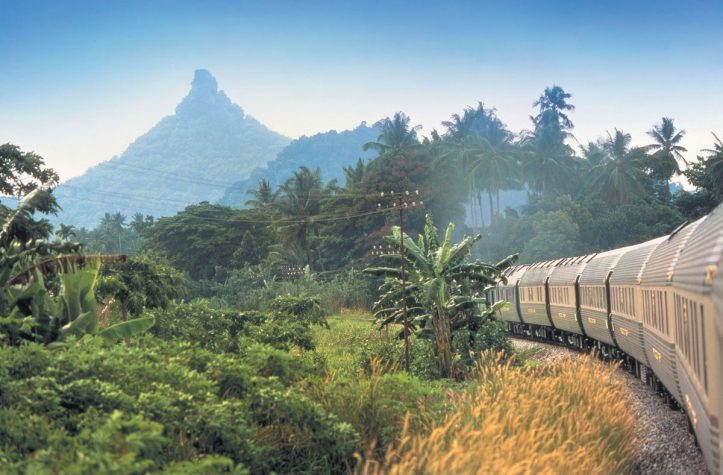
The last day
On our last day, we visit the River Kwai bridge – part of a 415 kilometre railway line built by prisoners of war, including 13,000 Australians.
It was constructed in just 12 months – an amazing feat that cost more than 100,000 lives because of the appalling conditions and the hellish determination and infamous treatment of the prisoners and Asian labourers by the Japanese army.
Our historian guide reminds us of the award-winning film Bridge over the River Kwai before telling us most of it was historically inaccurate. Locals had to change the name of the river from Mae Klong to Kwai Yai to appease the thousand of tourists who arrived demanding they see the site of the movie.
So what do you do on a train in the evening?
For a start, you eat. French head chef Yannis Martineau and his team manage an amazing amalgam of fresh local produce to create a three course east-meets west menu served in two sittings.
We are served hoisin-glazed roasted saba (mackerel) with white turnip salad, and medallion of beef with foie gras croquette or ayam rendang biryani with achar, yuzu sorbet and petit fours.
All of this from a kitchen the size of a broom cupboard.
Now, if only there was somewhere to walk it all off. The journey back to our cabin is negotiating a swing bridge in a high wind.
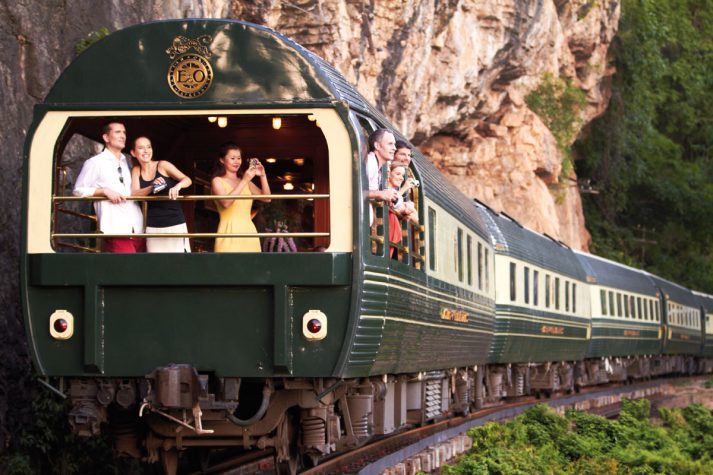
The verdict
Highs: Completely different travel experience, with great staff and a terrific ambience. Good way to meet people and hear their stories
Lows: Clinging onto my top bunk at 4am as the train started out again, I decided the ear plugs must have been someone’s idea of a joke.
Best suited to: Done-it-all bucket listers for who it is better to travel hopefully than arrive.

